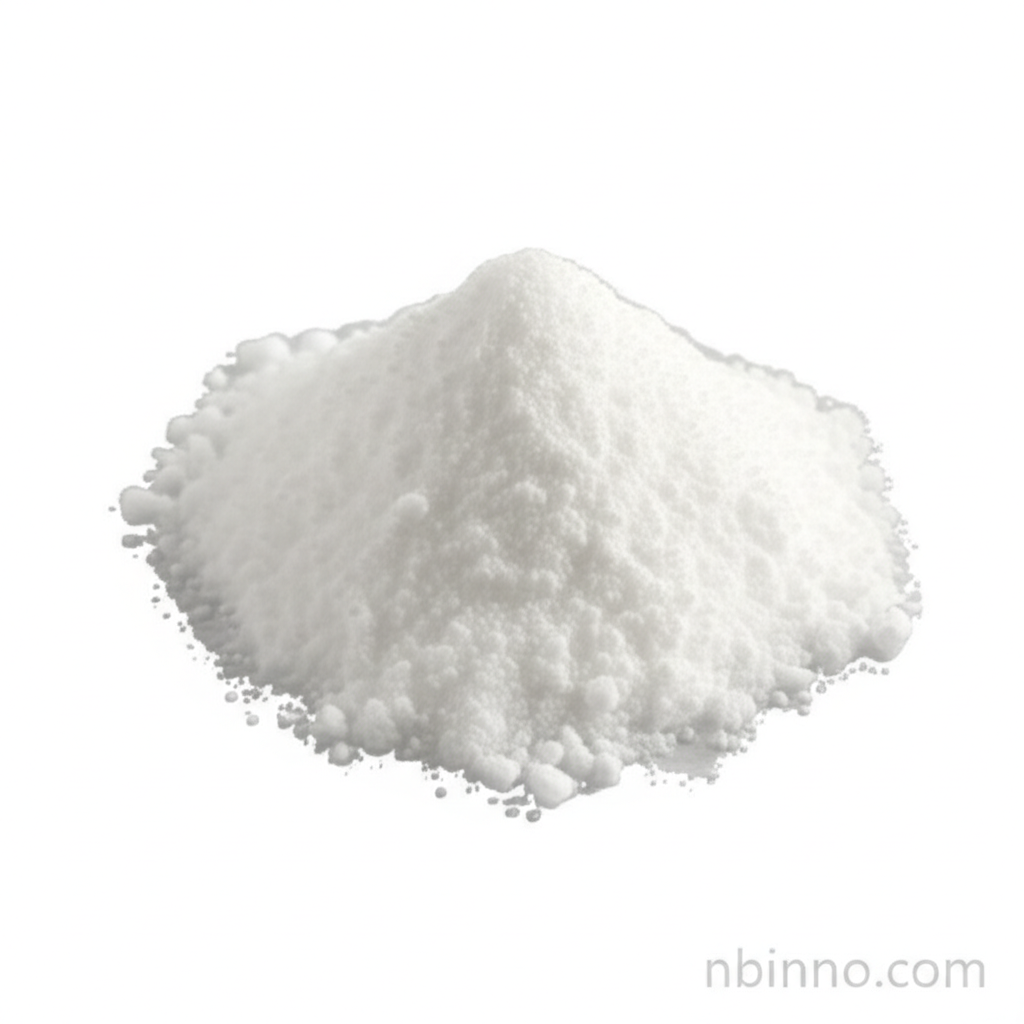Explore the Versatility of 4-Bromo-2-methylaniline
Your essential guide to CAS 583-75-5, unlocking its potential in advanced chemical synthesis.
Get a Quote & SampleProduct Core Value

4-Bromo-2-methylaniline
4-Bromo-2-methylaniline is a critical organic compound serving as a valuable building block in numerous chemical syntheses. Its well-defined structure and reactivity make it an indispensable component for researchers and manufacturers in the fine chemicals sector.
- Discover the key applications of 4-Bromo-2-methylaniline in advanced organic synthesis, facilitating the creation of complex molecules.
- Learn about the chemical intermediate 583-75-5's specifications, including its high purity and physical properties, crucial for reliable experimental outcomes.
- Investigate the synthesis of 4-Bromo-2-methylaniline, understanding the processes that bring this vital compound to market.
- Explore the properties of 4-bromo-o-toluidine, a common synonym, and its significance in various chemical reactions.
Key Advantages Offered
High Purity & Reliability
With a minimum purity of 98%, this chemical intermediate ensures consistent and reproducible results in your critical synthesis projects, making it a trusted choice for 'buy 4-Bromo-2-methylaniline' needs.
Versatile Chemical Intermediate
The compound's unique structure, characterized by the CAS 583-75-5 identifier, allows for diverse reactions and applications in pharmaceuticals, agrochemicals, and material science.
Facilitates Complex Molecule Synthesis
Utilizing 4-Bromo-2-methylaniline as a starting material significantly aids in the 'synthesis of 4-Bromo-2-methylaniline' and subsequent more complex chemical entities required by industries.
Key Applications
Pharmaceutical Synthesis
Acts as a crucial building block for synthesizing various active pharmaceutical ingredients (APIs), supporting the development of new therapeutic agents.
Agrochemical Development
Employed in the creation of novel agrochemicals, contributing to crop protection and enhancement strategies.
Material Science Research
Its chemical properties make it suitable for developing advanced materials and specialty polymers.
Research & Development
Widely used in academic and industrial laboratories for various organic synthesis experiments and methodology development.
